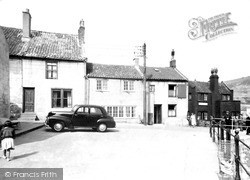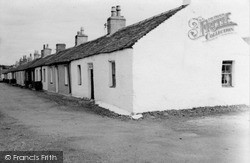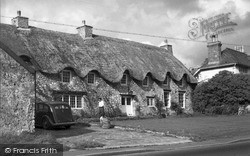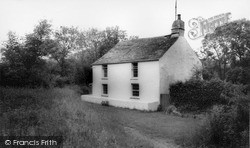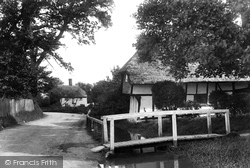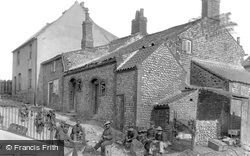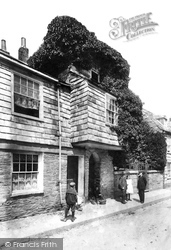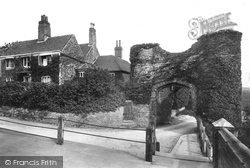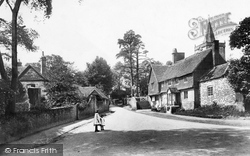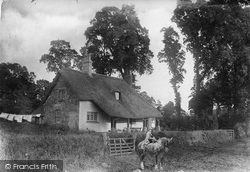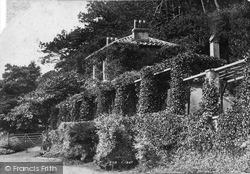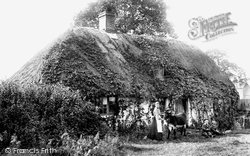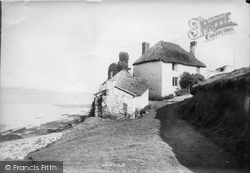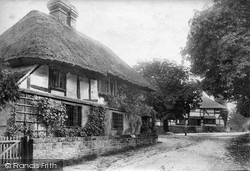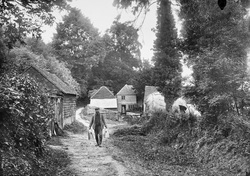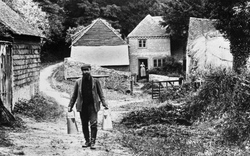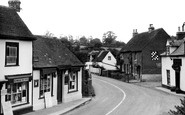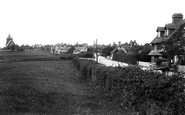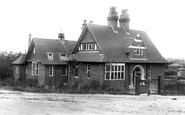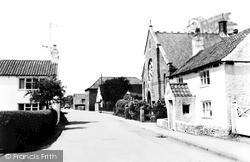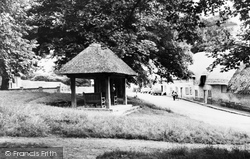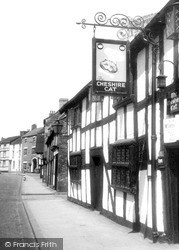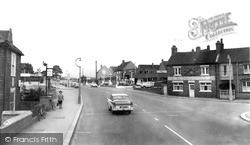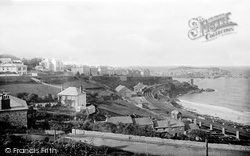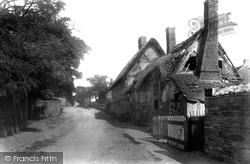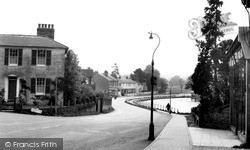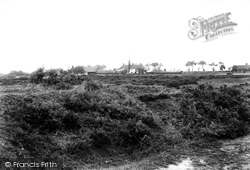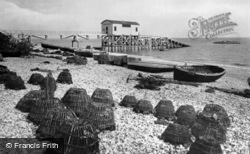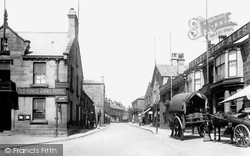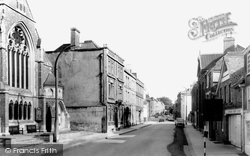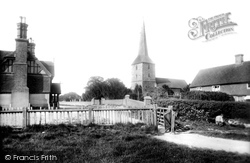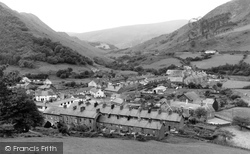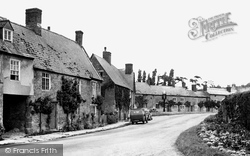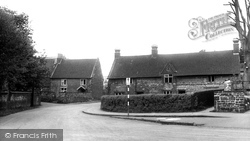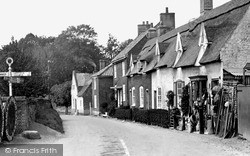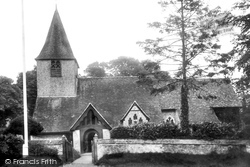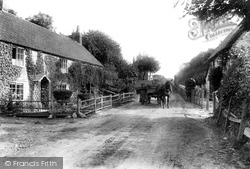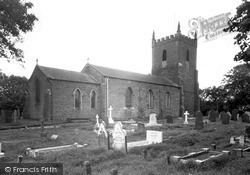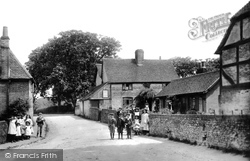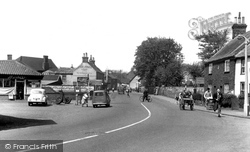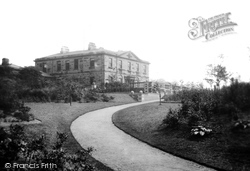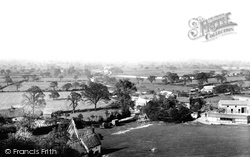Places
6 places found.
Those places high-lighted have photos. All locations may have maps, books and memories.
Photos
2,406 photos found. Showing results 1,361 to 1,380.
Maps
41 maps found.
Books
Sorry, no books were found that related to your search.
Memories
2,827 memories found. Showing results 681 to 690.
A Week To Remember
It was always a sense of adventure searching for new place to visit on our holidays - and certainly we found an idyllic spot just a mile or so outside the town of Cemaes Bay. Mother had been staying with my younger sister ...Read more
A memory of Cemaes Bay in 1976 by
Giants Table
As a child I loved walking the River Goyt. On the way there was a huge sort of building we called the 'giant's table', I never knew the history of it. I lived at Tangshutt Cottages. It was situated on Compstall Road, at the entrance ...Read more
A memory of Romiley by
Netherwood School For Boys And Girls
I used to live on the London Road, two doors from St. Bernard's Convent, across the side road, in Mead Cottage. It was painted white. From 1945 to 1951 I attended Netherwood further down the London Road ...Read more
A memory of High Wycombe by
B B And Evening Meal In A Constantine Home
I believe I was about 12 years old when I stayed with my parents in a bed and breakfast house in Constantine that also did an evening meal. They were a beautiful Cornish couple and had a water pump ...Read more
A memory of Constantine in 1956 by
Morley Cottage
I remember Wareside so well. I lived at Morley Cottage just outside the village. I went there in 1937 with my parents - my father Jim McGowan and Mother Elizabeth.They both worked at Fanhams Hall for Lady Brocket. My mother then ...Read more
A memory of Wareside in 1940 by
Thoburn
In 1937 Albert & Gladys Thoburn took possession of Townfoot Cottage, the second house in the village. In 1940 Albert went to India and Thomas was born in March 1940. After the War when Albert returned home he met his son for the ...Read more
A memory of Cumwhitton in 1946 by
John Tarver 1850 1932 Grayrigg Father Samuel
My Gt Grandfather above was born in Grayrigg and worked for LNWR. He wrote pieces for The Westmorland Gazette on a variety of subjects. I have found one of his pieces, in his papers and he ...Read more
A memory of Lambrigg Head by
Evacuated To Burwash 1936/37
We were twin sisters, Audrey and Yvonne Long. We were evacuated to Burwash, I only have a photo of us sitting in a field somewhere with more young children of our age, and some younger. I have no memories of the ...Read more
A memory of Ticehurst in 1930 by
My Links To Cheslyn Hay
I was born in 'The Lot' on Cheslyn Hay in 1950. I have been able to trace my lineage back to the 1700's through the Brough, Horton and Cadman families. The Horton family lived in all or some of the cottages in Dundalk ...Read more
A memory of Cheslyn Hay by
Boil's Adenoids And Tonsils
My overriding memory of "The Aldershot Cottage Hospital"was of blind panic and fear, and of a day in 1946 aged six years old I was taken to what must have been the out-patients department to have a very large ...Read more
A memory of Aldershot in 1946 by
Captions
2,020 captions found. Showing results 1,633 to 1,656.
Further up the High Street, the whitewashed cottage on the right is called Kinver Edge.
The view is eastwards from the village green to a range of 18th-century thatched cottages (right).
This building was built as three cottages in 1637; it was converted into almshouses before becoming a pub in 1945. It is no longer called The Cheshire Cat, which is sad.
Compare this view with No O45043, and note the cottage on the right with the broad light-coloured band above the front door running across the house front. This building appears in both pictures.
St Ives is seen from Draycott Terrace, overlooking cottages in Primrose Valley below and the curving sweep of the railway station beyond, most of which is now a car park.
There are a number of 16th- and 17th-century half-timbered cottages in this photograph, but judging by the state of some of them the village was living up to the 'Beggarly Broom' image given to it
Not seen in this photograph are cottages and houses off to the right that overlook the pond - their gardens front directly onto it.
The A134 runs in front of the rows of cottages.
Lobster pots, small fishing boats and flint cobble walled fishermen's cottages survive the tide of modern housing.
Also on Town Streeet was the Salvation Army, tithe cottages for the local clergy, and, grouped around the old Arcade, the post office, bank, bakers, florists and cobblers.
On the right at Nos 48/49 is Hampton's Farm Dairy, now a hairdresser and mews cottages.
The splendid 14th-century tower and wood-shingled spire of the parish church rise over the cottage roofs. Inside there is a fine old barrel roof and Jacobean pulpit.
Most of its cottages would have been lived in by quarrymen, who laboured in the Bryneglwys slate quarry, long since closed.
All these stone houses and cottages remain little altered, although the pavement is now smarter. The road has also been widened and has a pavement on the right.
This view includes the medieval chancel of the superb parish church, seen looming over the left hand cottage.
Opposite Ludham Church an interesting row of thatched cottages adjoins two small Georgian houses, one with a slate roof and one with Norfolk tiles.
The tower looks down over the attractive village with its timber-framed cottages and Georgian houses.
An Edwardian gentleman in his straw boater gazes down on this little group of thatched cottages surrounding the creeper-clad Castle Inn, whose turnover must have benefited enormously from the hordes
Only the feet of the carter are visible, as his horse stands patiently waiting while he unloads part of his wares from the back of his wagon for delivery to the creeper-festooned cottages in this village
The brick parish church is well away from the older surviving cottages and stands next to the Old Rectory, an early 19th-century small villa with a hipped roof.
Fifteen children have been neatly assembled by the photographer in front of the brick and half-timber cottages that comprised this small village, originally called Clandon Abbots.
Although there are many pleasant cottages in the vernacular brick and flint, the modest village street does not reflect Caister's illustrious history.
The family were woollen merchants, who employed weavers working in their own cottages such as Bentmeadows.
The road through the Hough towards Wilmslow snakes into the murky distance, while in the foreground are the swing boats in the field of the cottage, a favourite venue for Sunday school outings
Places (6)
Photos (2406)
Memories (2827)
Books (0)
Maps (41)


